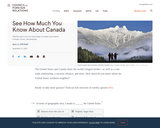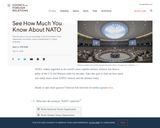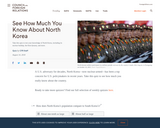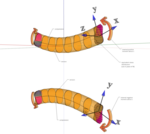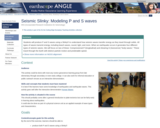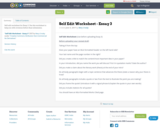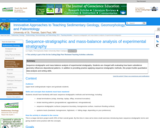Right now I use four essay assignments in Paleontology. These assignments work to help students meet several goals of the course, including using reading/writing for critical thinking, synthesizing information from different sources, and formulating new research questions.
In particular, the last two of the four assignments are designed as part of a multi-step process. Each student is assigned a particular reading for which he or she will be the primary discussant in a class discussion. Two things are required to make this discussion work and to achieve the (hoped for) "aha" moments for the students.
Students must take the time to read and understand the paper they've received. It's useful, particularly if students are just starting out reading primary literature, to discuss how to approach reading a journal article. Maybe most important is inculcating the idea that most people don't read straight through a paper, that multiple readings are important, and that it's not like reading a novel -- it takes time to absorb.
On discussion day, have students talk about the papers in chronological sequence. There should be back and forth discussion, of course, but when this process works right, (which is most of the time, in my experience), the stepwise introduction and discussion of the papers allows students to see how the problem was originally framed, how it developed, and how new information changes interpretations (and that there may not be a clear resolution).
After the discussion, hand out essay assignments tailored to the skills and knowledge you want them to acquire.
(Note: this resource was added to OER Commons as part of a batch upload of over 2,200 records. If you notice an issue with the quality of the metadata, please let us know by using the 'report' button and we will flag it for consideration.)

